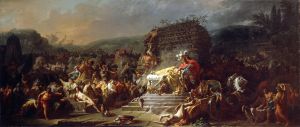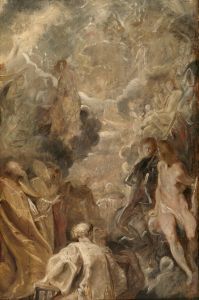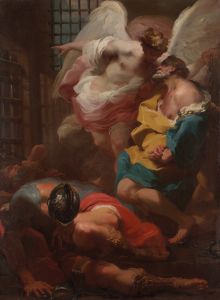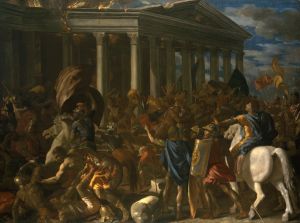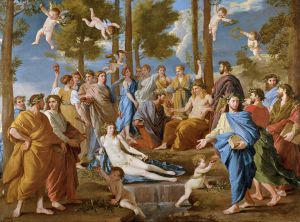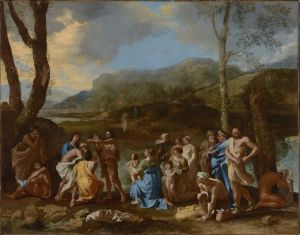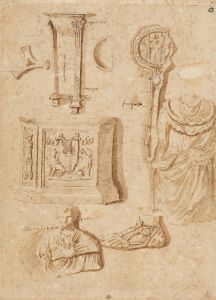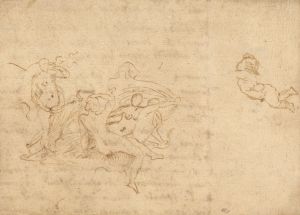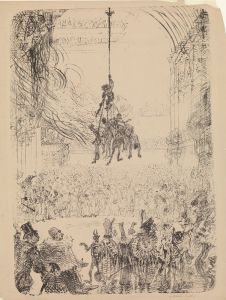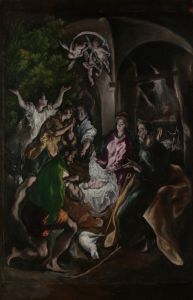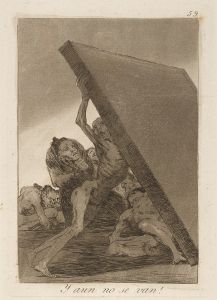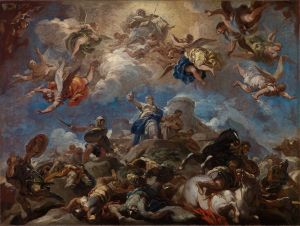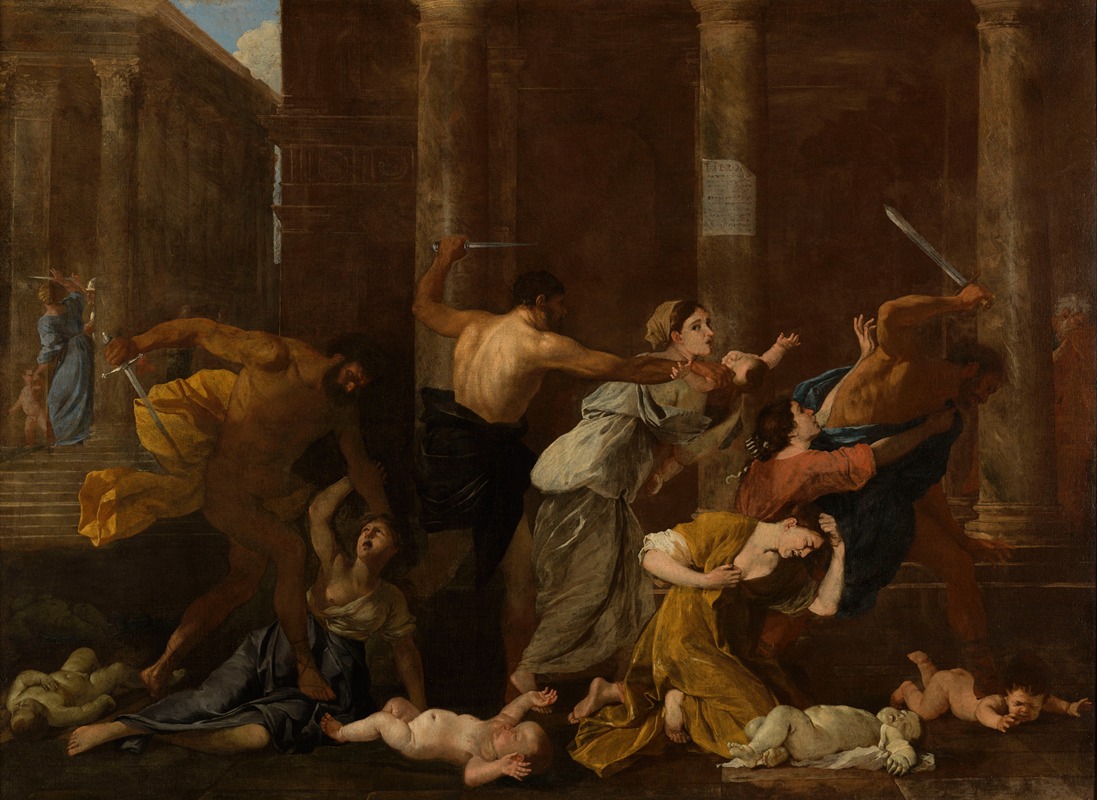
Le Massacre des Innocents
A hand-painted replica of Nicolas Poussin’s masterpiece Le Massacre des Innocents, meticulously crafted by professional artists to capture the true essence of the original. Each piece is created with museum-quality canvas and rare mineral pigments, carefully painted by experienced artists with delicate brushstrokes and rich, layered colors to perfectly recreate the texture of the original artwork. Unlike machine-printed reproductions, this hand-painted version brings the painting to life, infused with the artist’s emotions and skill in every stroke. Whether for personal collection or home decoration, it instantly elevates the artistic atmosphere of any space.
Nicolas Poussin's "Le Massacre des Innocents" is a poignant and dramatic painting that captures a biblical scene with intense emotion and classical composition. Poussin, a leading figure of the French Baroque era, is renowned for his mastery in depicting historical and religious subjects with a profound sense of order and clarity. This particular work is believed to have been created around the mid-17th century, although the exact date is not definitively established.
The painting illustrates the tragic event known as the Massacre of the Innocents, a story recounted in the Gospel of Matthew in the New Testament. According to the biblical narrative, King Herod, upon hearing of the birth of Jesus, ordered the execution of all male infants in Bethlehem in an attempt to eliminate the newborn "King of the Jews" whom he perceived as a threat to his throne. This brutal episode has been a subject of artistic interpretation for centuries, symbolizing the themes of innocence, cruelty, and the struggle between good and evil.
Poussin's rendition of this scene is marked by its dramatic intensity and meticulous attention to detail. The composition is carefully structured, with a strong sense of movement and tension. The figures are arranged in a dynamic yet balanced manner, typical of Poussin's classical approach. The painting captures the chaos and horror of the massacre, with mothers desperately trying to protect their children from the soldiers. The emotional expressions of the figures are vividly portrayed, conveying a deep sense of anguish and despair.
The use of color and light in "Le Massacre des Innocents" enhances the emotional impact of the scene. Poussin employs a palette that contrasts the dark, shadowy background with the illuminated figures in the foreground, drawing the viewer's attention to the central action. The interplay of light and shadow adds depth and drama to the composition, highlighting the tragic nature of the event.
Poussin's work is characterized by its intellectual rigor and adherence to classical principles. He was deeply influenced by the art and philosophy of antiquity, and this is reflected in his structured compositions and idealized figures. In "Le Massacre des Innocents," Poussin combines these classical elements with a powerful emotional narrative, creating a work that is both aesthetically pleasing and profoundly moving.
The painting is a testament to Poussin's skill as a storyteller and his ability to convey complex human emotions through art. It remains an important work in the study of Baroque painting and continues to be admired for its artistic and historical significance. While the exact location of the painting may vary, Poussin's influence on the art world is undeniable, and "Le Massacre des Innocents" stands as a significant example of his contribution to the canon of Western art.





